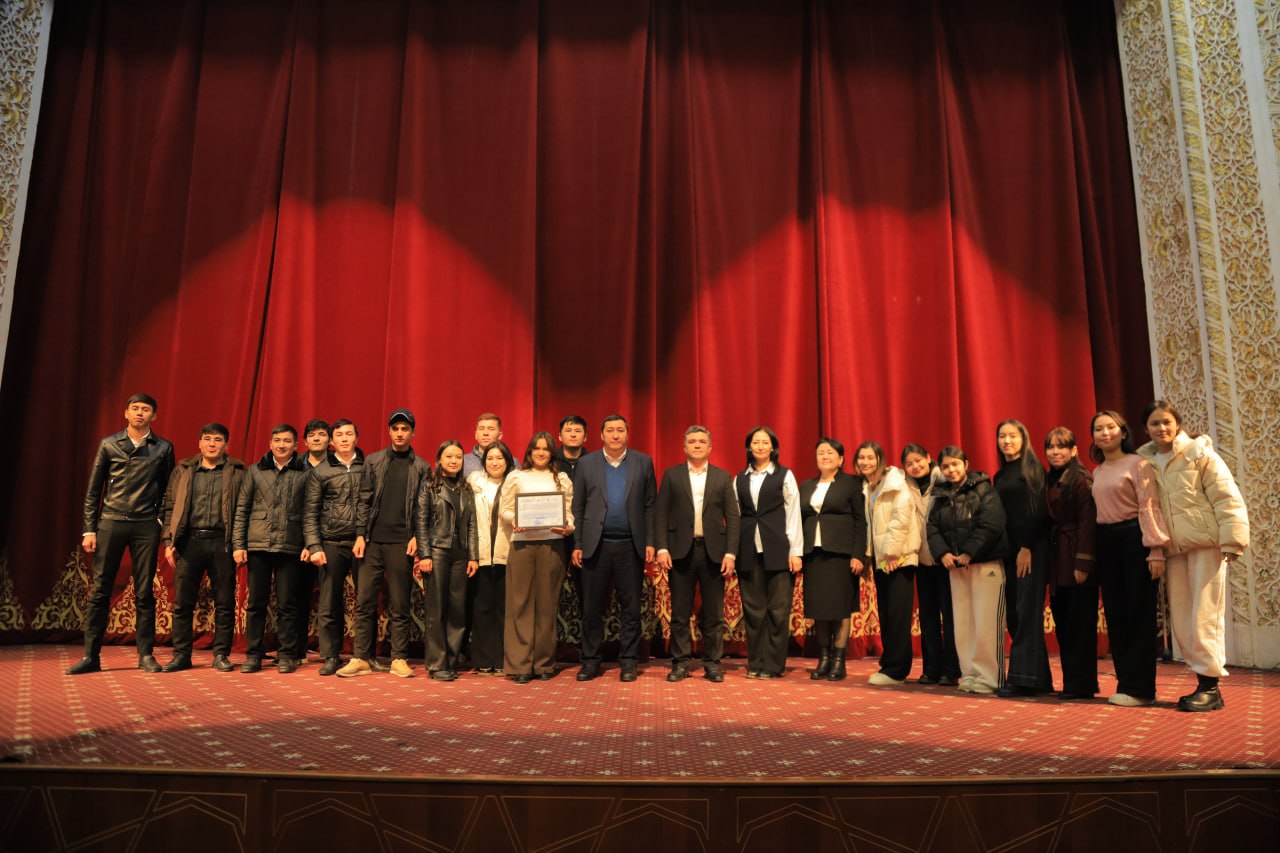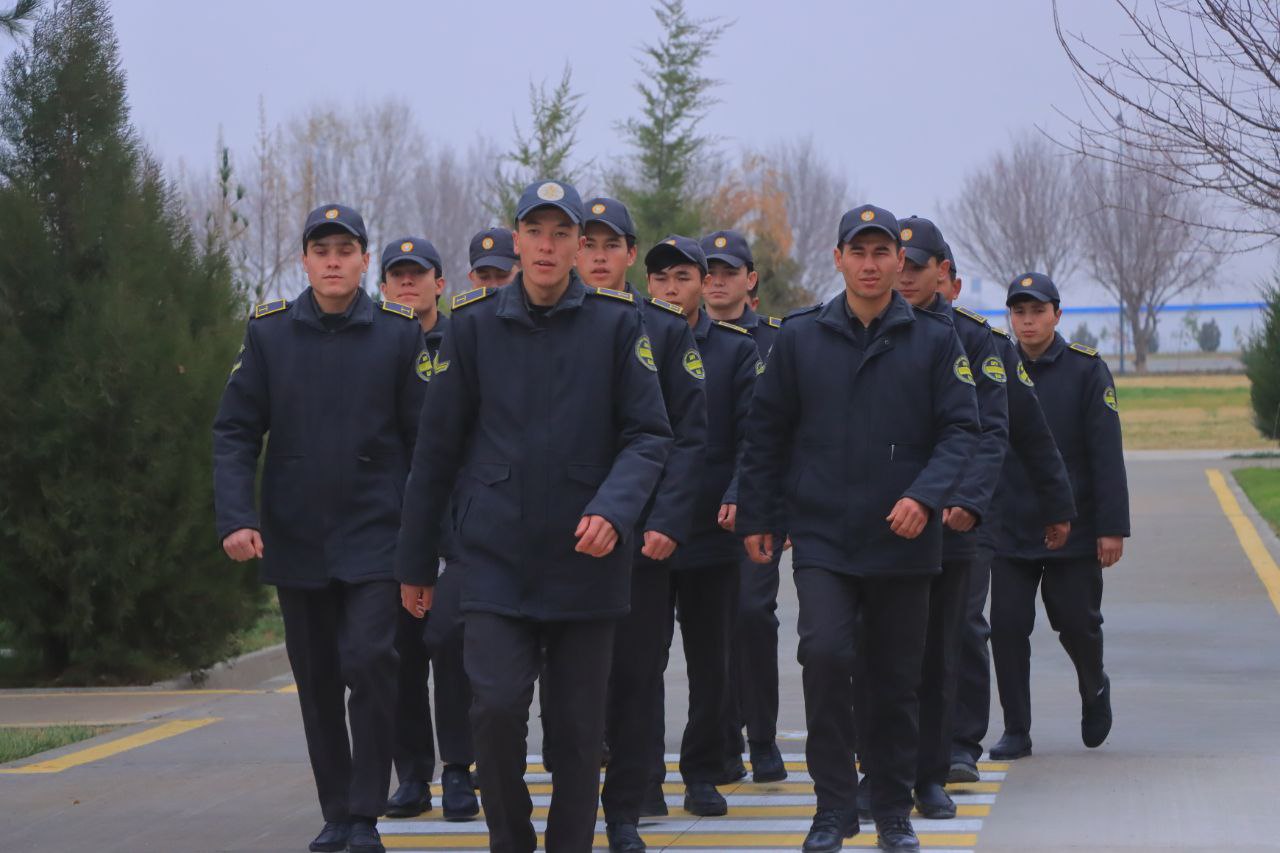O’rolboyev Navruzbek, son of Mirtoza, teacher of the Department of Zoology and Anatomy, Jizzakh State Pedagogical University tel(+99893 300 75 42)
Email: orolboyevnavroz841@gmail.com
Daughter of Sadinova Shahnoza Farit, student of Jizzakh State Pedagogical University, biology major, student of group 223-21
Umarova Zakrokhan’s daughter is a student of Jizzakh State Pedagogical University, biology department, student of group 223-21
Summary: In the article, the body’s ability to fight against viruses, bacteria and fungi in the external environment, immunity and types of immunity.
Резюме: В статье рассмотрены возможности организма по борьбе с вирусами, бактериями и грибками во внешней среде, иммунитет и виды иммунитета.
Rezyume: Maqolada organizmning tashqi muhitdagi virus, bakteriyalar va zamburug’larga qarshi kurashish qobilyati,immunitet va immunitet turlari.
Key words: Virus, bacteria, immunity, diseases, antibodies, antitoxins, phagocytosis, protective stages of the body, humoral factors of immunity.
Ключевые слова: Вирус, бактерии, иммунитет, заболевания, антитела, антитоксины, фагоцитоз, защитные звенья организма, гуморальные факторы иммунитета.
Kalit so’zlar: Virus,bakteriya,immunitet,kasalliklar,antitela,antitoksinlar,fagositoz,organizmning himoya bosqichlari,immunitetning gumoral omillari.
The ability of the human body to resist the harmful effects of the surrounding environment is called immunity. Today, viruses and microbes are widespread in water and air, and many types cause various infectious diseases in people.
Microbes and viruses can enter the human body through air-respiratory organs, food, water, unwashed hands, injured skin. In addition, viruses and microbes can enter the body through the genital tract, the blood of a sick person, and unsterilized syringes. , infected insects (flea, louse, tick, mosquito) can enter the human body. The human body is divided into three stages according to its protection against microbes, viruses and disease-causing parasites.
The first stage is the internal mucous membrane of the skin, nose, respiratory tract, digestive organs. The skin prevents the entry of microbes, viruses and parasitic organisms from the adverse effects of the external environment. it is a favorable environment for the reproduction of viruses and parasites. That is why such a place becomes red, swollen, and purulent. Sometimes microbes get into the blood and cause sepsis.
In this case, a person’s head hurts, his temperature rises, and his general condition worsens. In such a case, a doctor is consulted. The mucous membrane that covers the inside of the respiratory system does not allow microbes to pass into the tissues and blood. Small hairs in the mucous membrane act to trap microbes.
Saliva, gastric and intestinal juices in the digestive system protect the body by weakening and dissolving microbes.
The second stage The human body is the leukocytes of the blood. Leukocytes swallow and dissolve microbes that have entered the human body, which is an example of the process of phagocytosis. Leukocytes perform the function of protecting the body from microbes that cause infectious diseases. increases. This shows that the body has mobilized its capabilities to fight against microbes and get rid of the disease.
The third stage is the production of antibodies and antitoxins in the body. Antibodies bind and dissolve microbes that have entered the body. Antitoxins break down and neutralize toxic substances released by microbes. Protection of the human body from microbes that cause infectious diseases due to the production of antibodies and antitaxins is called immunity.
Immunity is natural and acquired. Natural immunity is characteristic of the body’s innate characteristics. Acquired immunity develops during life. Acquired immunity is natural and artificial. Natural immunity is infectious diseases (whooping cough, Immunity caused by experiencing measles, chicken pox, tetanus, scarlet fever) and the embryo developing in the mother’s womb can receive ready-made immune substances from the mother’s womb or newborn children from mother’s milk. Artificial immunity is the administration of vaccines (toxins with weakened pathogenic properties) Vaccines are used in medicine to prevent infectious diseases (intestinal, tetanus, rabies). Artificial immunity is created by artificially injecting immune substances in the blood serum of a person who has recovered from an infectious disease into the human body.
Phagocytosis and barrier functions are one of the mechanisms of immunity production. The barrier function is the skin and mucous membranes, which protect the body from agents that enter the body through the external environment and cause various diseases. This is called the external barrier function. There is also a barrier function. Blood from the intestines and other organs in the abdominal cavity passes through the liver, and all toxic substances are captured and neutralized in the liver, so the liver performs the function of internal protection.
In short, immunity is of two types: innate and acquired. Congenital immunity is passed from mother to child and is preserved until one year of age. Immunity (antibodies and antitoxins) acquired by a person during his life is of two types: natural and artificial. Natural immunity is formed as a result of a person recovering from an infectious disease. Therefore, people get infected with infectious diseases once in their lifetime, that is, during the first illness, immunity is formed in their body against the germ or virus that causes this disease, and this immunity is preserved throughout their life. For example, a person gets infected with infectious diseases such as measles, smallpox, measles, and mumps only once. The main organs of the human immune system include marrow, lymphocytes, spleen and thymus.
List of used literature;
- Kalugin YU.A Vliyanie raznykh rationov na perevarimost pitatelnyx
veshchestv i
- “Human physiology” E. Nuritdinov Immunity





